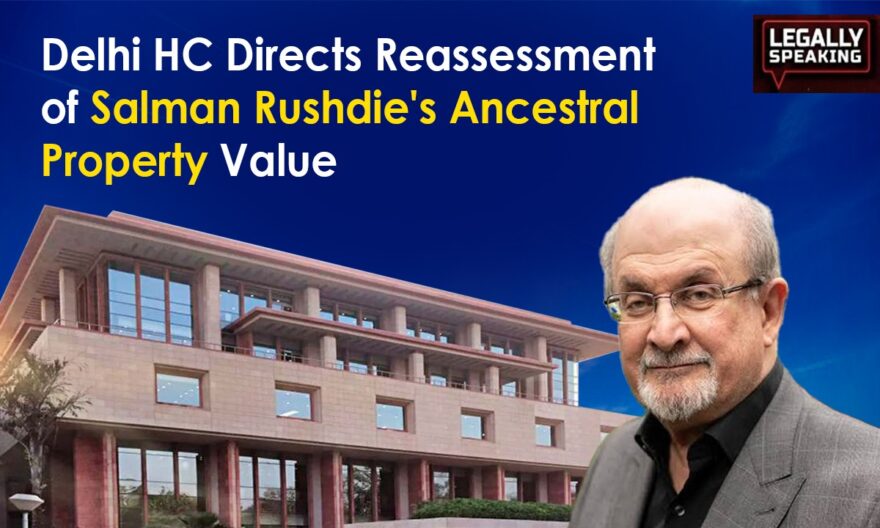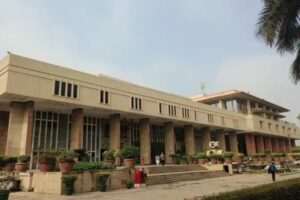
The Delhi High Court has directed a single judge to determine the value of Salman Rushdie’s ancestral property, spanning 5,373 square yards on Flagstaff Road in Civil Lines.
A division bench of Justice Vibhu Bhakru and Justice Amit Mahajan overturned an order dated December 24, 2019, which had assessed the value of the property at ₹130 crore.
“We set aside the impugned order and remand the matter to the single judge to determine the value of the suit property afresh in terms of the directions issued by the Supreme Court. We direct the registrar to place the matter before the concerned single judge on December 11, 2023 and request the single judge to conclude the proceedings as expeditiously as possible,” the bench stated.
The father of the writer, Anis Ahmed Rushdie, had agreed to sell the house for ₹3.75 lakh in 1970 to Congress leader Bhiku Ram.
Bhiku Ram paid Rs50,000 as earnest money and committed to paying the remaining amount later. However, a legal dispute arose between the two families, accusing each other of breaching the agreement, resulting in the deal falling through.
In 1977, Bhikhu Ram sought the intervention of a Delhi court to enforce the agreement. In 1983, the court ruled in favor of the Congress leader, instructing him to pay the outstanding ₹3.25 lakh at the time of executing the sale deed.
The Rushdies appealed against the order in the Delhi High Court, which, in October 2011, ruled that the Jains could not request the transfer of the bungalow. The high court directed the Rushdies to return the earnest money of ₹50,000 with an annual interest of 12%.
The son of the Congress leader, Narender Kumar Jain, and Arvind Kumar Jain, approached the Supreme Court. On December 3, 2012, the Supreme Court directed the execution of the sale deed in Bhikhu Ram’s favor at the market price of the property.
The Supreme Court also sent the matter back to the high court, instructing the single judge to accurately assess the market value of the suit property.
The single judge determined the market value of the property as ₹130 crore on December 3, 2012. The Jains, dissatisfied with the decision, approached the division bench of the high court, challenging the single judge’s order after the Rushdies claimed to have a potential buyer willing to purchase the house at that price.
The single judge stipulated that if the Rushdies were unable to sell the property for a minimum of ₹130 crore within 60 days, the Jains would have the right to purchase the property for ₹75 crore, which was the circle rate prevailing on December 4, 2012.
In their appeal, the Jains argued that the single judge’s order went beyond the scope of the remand, which was limited to determining the market value of the property as of December 3, 2012.
The division bench expressed disagreement with the approach of establishing two separate sale considerations for the property, one at ₹130 crore with the alternative to enforce the agreement at ₹75 crore if the Jains failed to pay the amount and the Rushdies couldn’t secure it through further sale.
The bench deemed this approach incompatible with determining the market value of the suit property as of December 3, 2012.
The bench emphasized that there cannot be two market values for the same property concerning the specific performance of the agreement to sell.
The bench highlighted the well-established principle that the price agreed upon by a willing buyer and seller would typically be accepted as the value of a property.
The bench clarified that while the court could consider such value if evidence was available, directing the actual sale of the property to determine its value would be erroneous.
The bench further disagreed with the single judge’s view that judicial notice could be taken that the property’s price as of December 3, 2012, would be higher than its value on the date of determination (December 12, 2019).
It found the assumption that property prices had fallen between 2012 and 2019 unsupported by evidence on record and highlighted the need to consider mitigating factors presented by the plaintiffs.




